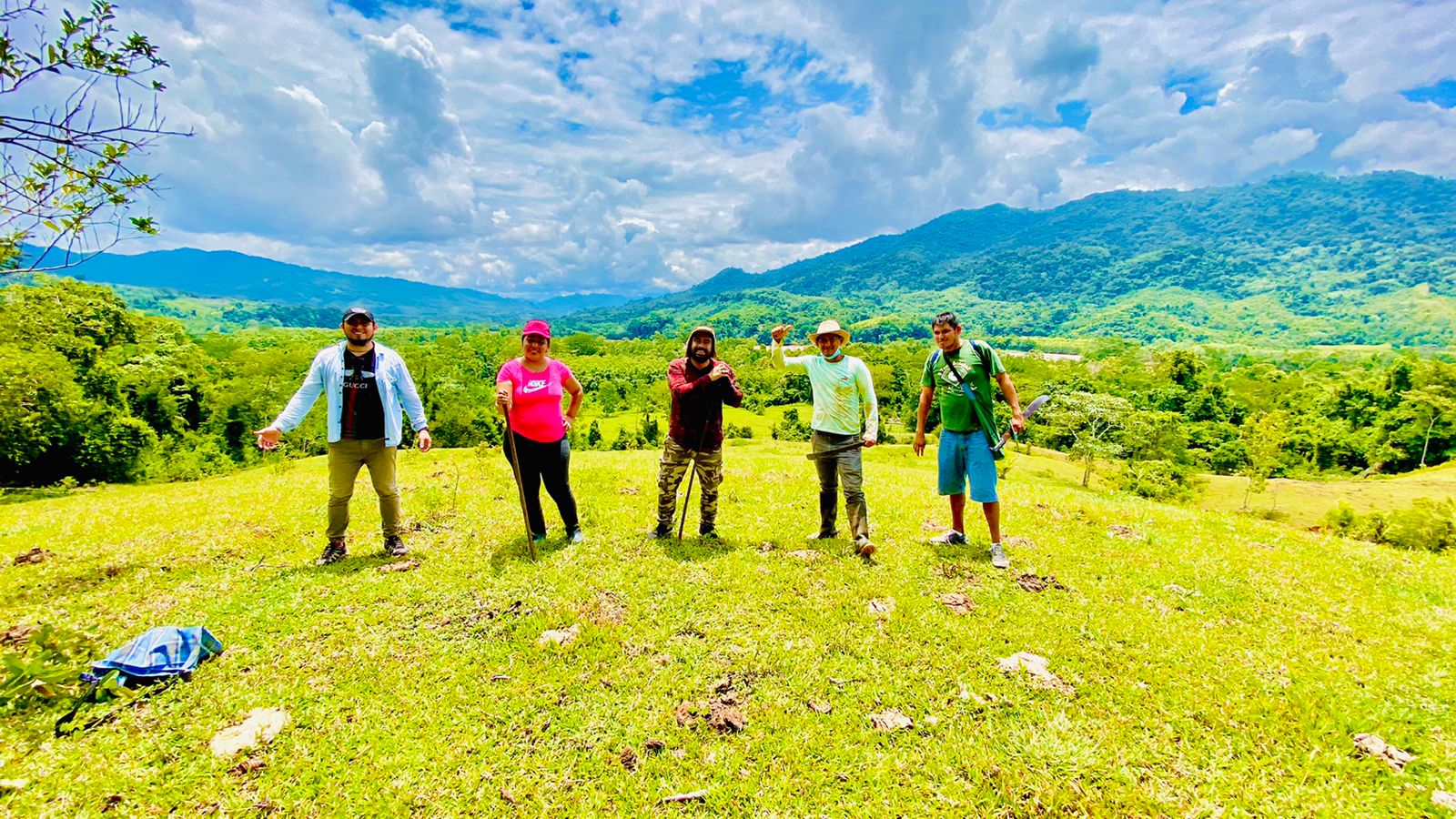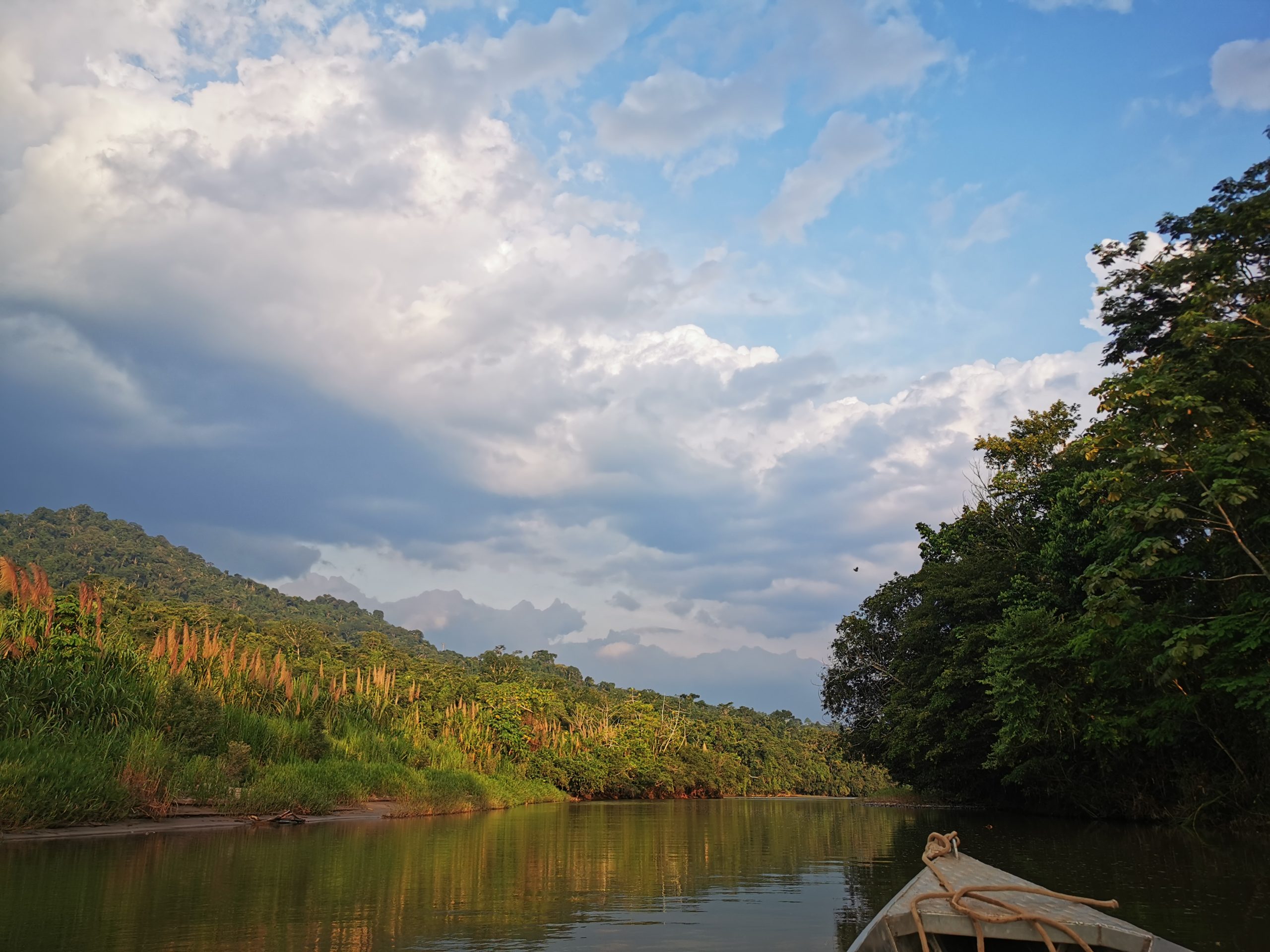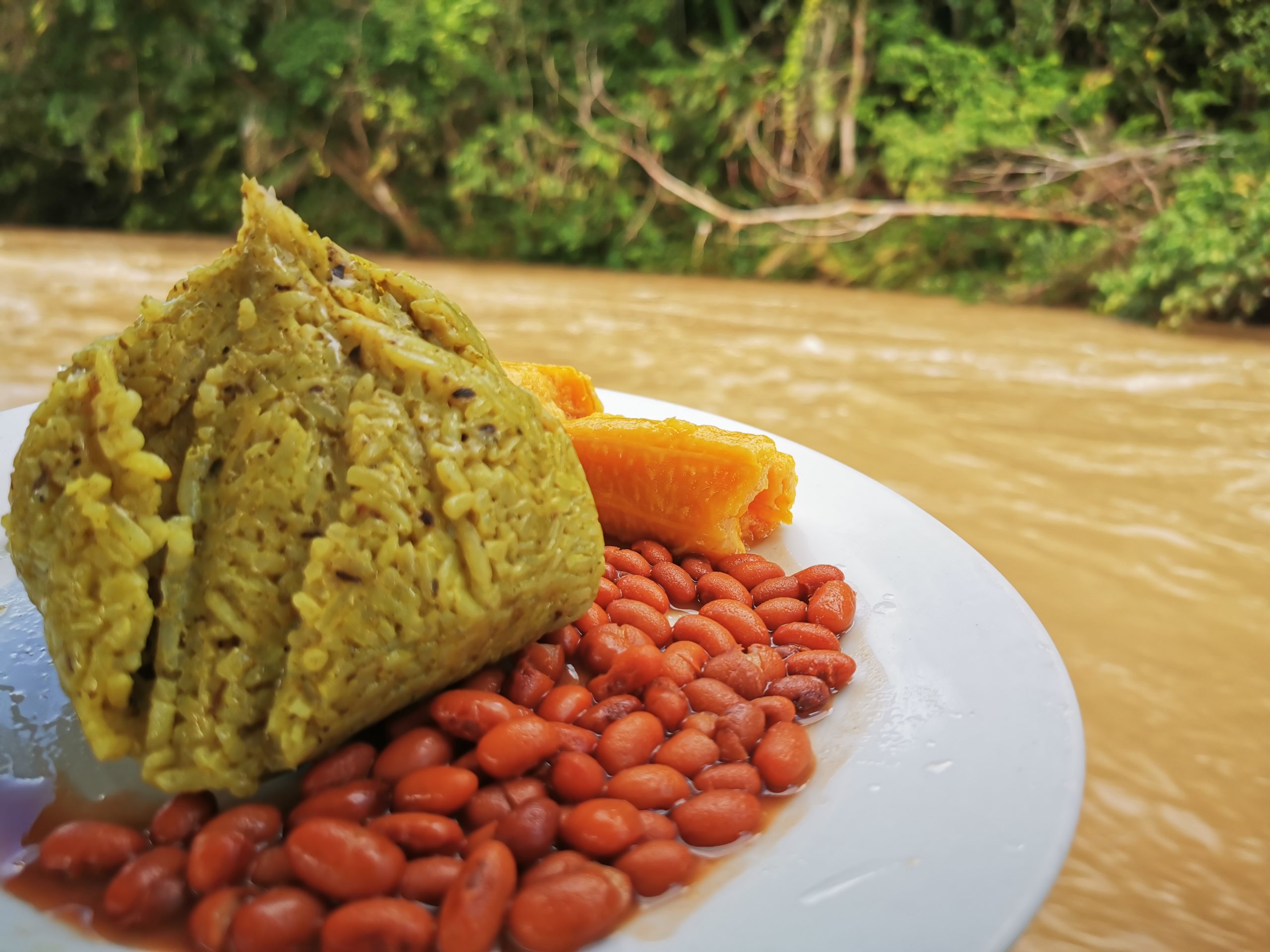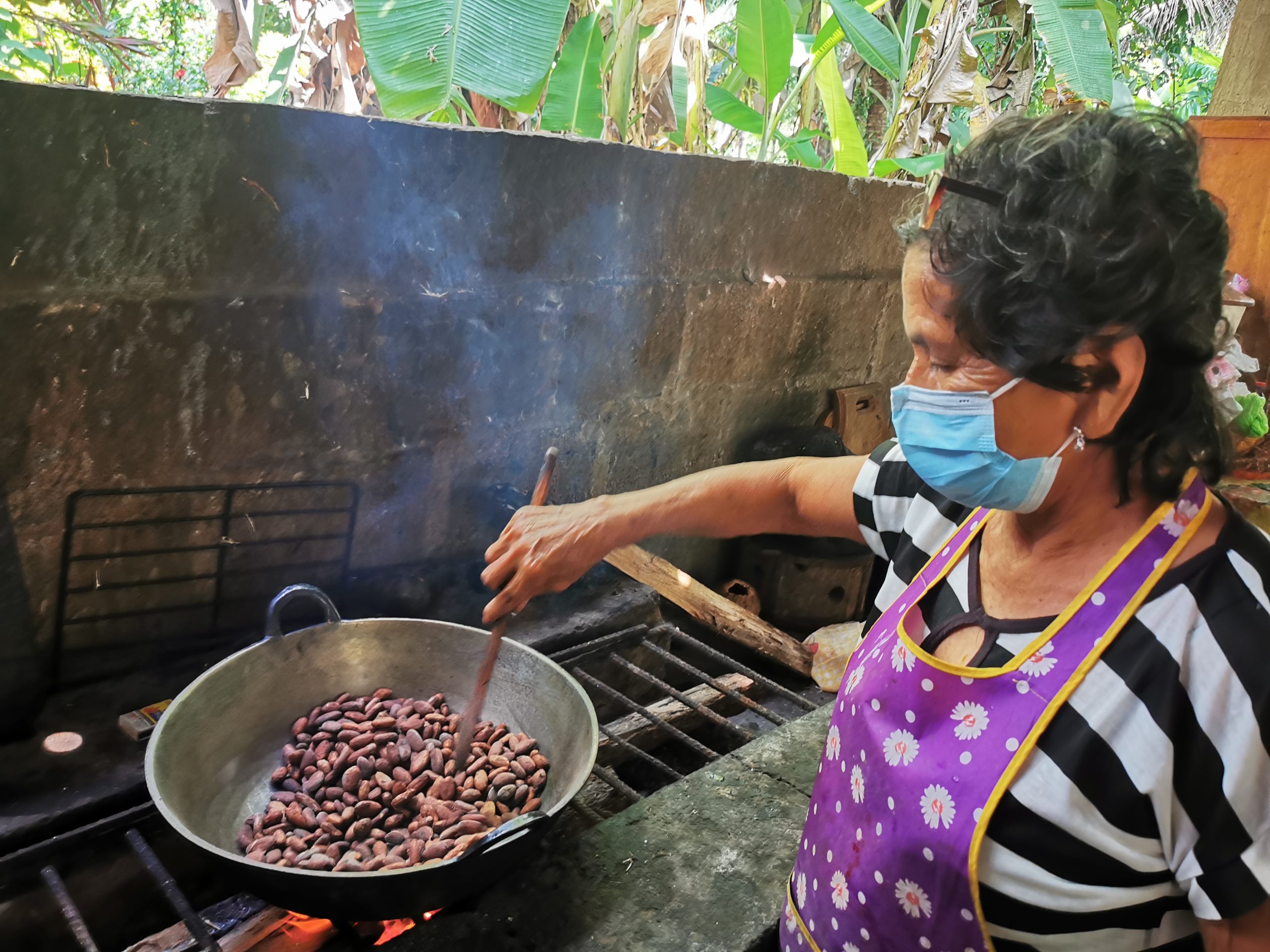The Peru team met with community members to discuss project goals & to better understand tourism potential.

Peru is known for its rich natural and cultural history, Peru drew over 4.5 million tourists in 2019, generating over US$ 4.7 million and 3.5 million jobs.
Within its three geographic regions, Peru contains 80% of the world’s climate types and 84 of the 114 life zones. Peru’s people and economy have suffered greatly from a loss of tourism revenue because of the pandemic.
Between January and July 2020, the arrival of international tourists decreased by 67.3%, compared to the same period of the previous year.
Our work with IUCN will support a COVID-19 response to impacts on local benefits from tourism by collaborating with communities in two protected areas in Peru, the Rio Abiseo National Park and Amarakaeri Communal Reserve.

Introducing Rio Abiseo
In January, Planeterra’s project team in Peru visited Rio Abiseo National Park for the first time to kick off the project activities. Rio Abiseo is also a UNESCO World Heritage Site covering 274,520 hectares of the Eastern Cordillera – a vital part of the Amazon watershed.
The area protects thousands of species of flora and fauna, including iconic, rare and endemic Amazon wildlife such as the critically endangered yellow-tailed woolly monkey and the Huallaga Toucanet!
A significant area of the Park is under rehabilitation, which has the potential to provide local employment and ‘green jobs‘ with further investment. In 2019, there were approximately 1,200 visitors, mainly domestic, but the steady increase in international guests was cause for optimism and growth in tourism service and promotion for the area along the value chain.
However, in 2020 this growth substantially decreased. Our team is working to implement the training and development needed to activate the community’s vision for sustainable tourism in the national park; particularly, through community-based tourism initiatives.

Activities in Rio Abiseo Last Month
In the last week of January, the Peru team met with 77 community members across five villages to discuss project goals, better understand the tourism potential of each community, and most importantly, learn about the communities’ vision for their families and how nature-based tourism can play a key role in achieving those goals.
During the first week of February, 150 baseline surveys were conducted to better understand how COVID-19 has impacted the communities’ livelihoods, their current tourism initiatives and their perception about implementing sustainable tourist products in post-pandemic scenarios, so that project activities can be adapted to community needs, and impact tracked over time!

Planeterra and IUCN are working together to ensure that communities will once again benefit from sustainable tourism, and that tourism is better integrated into protected area management planning and operations at both sites in Peru, and inform a blueprint for other places in the country!
We are also working in Vietnam currently, and we will update you on that progress soon! We thank you and our entire community for supporting us and the communities we work with.


Post a comment